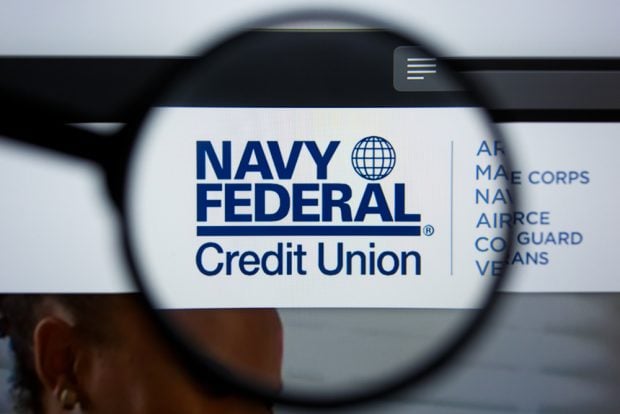Two billion-dollar credit unions are currently seeking to convert to a bank charter. Another, HAR-CO Maryland FCU with a not-insignificant $193 million in assets, is also seeking a conversion. These credit unions, if successful, will necessarily leave the credit union trade associations and the NCUSIF.
Additionally, the $1.6 billion Apple FCU in Virginia announced that it disaffiliated from CUNA; it has not been a NAFCU member for some time. The credit union board is studying its options as far as a possible conversion.
Many have been following the divide between SECU of North Carolina (and the state regulator) with the NCUA. Numerous other executives from large credit unions have expressed similar studies, decisions and frustrations. Some are doing something about them whether behind the scenes or in the spotlight.
Recommended For You
The reasons provided for leaving a credit union trade association or the charter are roughly in sync, from inappropriately focused lobbying efforts to an overzealous regulator and insurer that the trades have been ineffective to rein in and insufficient sophistication, whether it be in educational offerings or examination abilities. These credit unions are voting with their feet, which is their right to do in service to their respective memberships. Unfortunately. for the credit union community, they're carrying their dues and NCUSIF and TCCUSF dollars with them.
The Apple FCU disaffiliation was by far the most trafficked story on our website for the day-and-a-half between posting and our print deadline. The system–not credit unions–is broken. Everyone is so frustrated and so busy yelling that no one in a position to change the situation is listening. The alternative would be that they just don't care, and I fail to believe that. However, righting the ship would also take a yeoman's effort. Who has the time? The money? The manpower? The guts? I despise pseudo-MBA catch phrases, but if ever an industry was "ripe for disruption," this is it.
The process behind this disruption is not some trendy, new buzzword: Give the people what they want. Credit unions might explore separate trade associations loosely based on an asset size divider, similar to the Financial Services Roundtable, American Bankers Association and Independent Community Bankers of America. Or possibly field of membership groupings would be the way to go. Or state and federal charters. Any of the divisions could have an overarching coordinating council–one that functions better than the current one between CUNA and NAFCU–so that each group could work on its specific issues, yet combined efforts could be achieved.
These are just some suggestions and as creative and resourceful as the credit union community is, I'm certain there are more and better ones. An open discussion of the subject between all interested parties is in order before there's nothing left to organize because the bulk of the industry has been blown apart with incendiary remarks. I would welcome the opportunity for Credit Union Times to assist as much as possible in forward-thinking efforts credit unions may want to take to preserve credit unions' future with respect to regulation, lobbying, operations or anything else.
Credit unions work hard every day in their own shops to better serve their members. Check out the story on page 3 regarding Coastal FCU's investment advisory. When something wasn't working, Coastal fixed it. The credit union's investments department didn't play not to lose; Coastal played to win. Not only did they make an effort to give the people what they wanted, they worked to give members what they might not already have realized they wanted. They also wanted to continue using advisers who were salaried employees to ensure the advice given was in the best interest of the member. Coastal, though catering to wealthier clientele, does not require a minimum deposit and will tailor plans to member needs.
In response to member demand, Hartford FCU with just $77 million in assets, launched mobile banking. John Riley, CEO, acknowledged that while younger members expressed interest early on, the desire for mobile banking reaches beyond demographics. Some CUs that size might say they don't have the resources, but Hartford made it happen, see page 10.
Apply what you know to the industry at-large and see what it takes to make a difference for all credit unions while remaining true to your membership. Disrupt the status quo.
© Touchpoint Markets, All Rights Reserved. Request academic re-use from www.copyright.com. All other uses, submit a request to [email protected]. For more inforrmation visit Asset & Logo Licensing.






